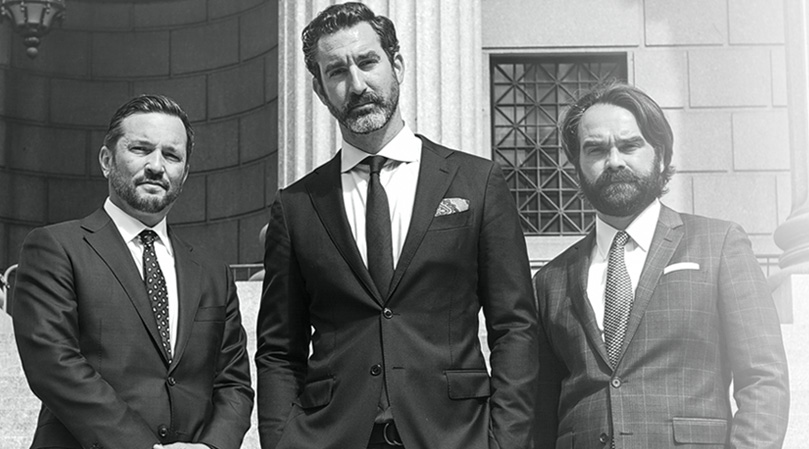Resisting Arrest Lawyer
Charged With Resisting Arrest And Obstructing Governmental Administration?
Resisting arrest is codified in New York State Penal Law Section 205.30. It is a class A misdemeanor punishable by up to one year in jail. As per statute, a person is guilty of resisting arrest when he “intentionally prevents or attempts to prevent a police officer or peace officer from effecting an authorized arrest of himself or another person.”
If you or a loved one has been charged with this offense, exercise your right to counsel and contact Konta Georges & Buza P.C. immediately. Our attorneys have a vast understanding of New York’s criminal laws and procedures. We strive to resolve our clients’ cases as quickly as possible so that you can put this criminal matter behind you.
An experienced criminal defense lawyer is an important asset for anyone accused of “resisting arrest.” Call 917-336-0284 for a free consultation.
Resisting Arrest Covers A Lot Of Ground
Any act that is intended to prevent an authorized arrest can lead to a charge of resisting arrest. Something as simple as the flailing of an arm which makes it difficult to place handcuffs on the arrestee can lead to this charge. Police officers are very quick to add this charge whenever they believe the person whom they are arresting is not “complying” with their orders.
Resisting arrest is a prevalent charge. Despite this, there are several defenses. One defense is that the arrest itself was not “authorized.” This means the police did not have probable cause to arrest the person in the first place. If the police did not have probable cause to make an arrest, then the government cannot sustain a conviction for resisting arrest.
What Is Obstructing Government Administration?
In addition to resisting arrest, it is also possible to be charged with obstructing governmental administration (OGA). There are two degrees of this charge:
- OGA in the second degree is a class A misdemeanor which is punishable by up to one year in jail. As per statute, there are many ways to commit this crime, but the most common way is when a person “… intentionally obstructs, impairs, or perverts the administration of law or other government function …”
- A person is guilty of OGA in the first degree when he or she commits the crime of OGA in the second degree “by means of interfering with a telecommunications system thereby causing serious physical injury to another person.” This is a class E felony, which is punishable by up to four years in prison.
People typically find themselves charged with obstructing governmental administration in situations where they try to prevent a police officer from arresting another person. This usually happens in situations where people are protesting or are otherwise refusing to comply with police orders.
Contact Us For A Free Consultation
Resisting arrest and obstructing governmental administration are both crimes. However, good defense attorneys can and do frequently get these charges dismissed. Discuss your case and learn your options during your free, no-obligation consultation. We are proud to represent clients throughout the five boroughs of New York City.
Contact Konta Georges & Buza P.C. using our online form or call 212-710-5166 to reach a skilled legal professional.

Request Your Free Consultation
Fields Marked With An “ * ” Are Required
"*" indicates required fields
The Woolworth Building
233 Broadway
Suite 701
New York, NY 10279

